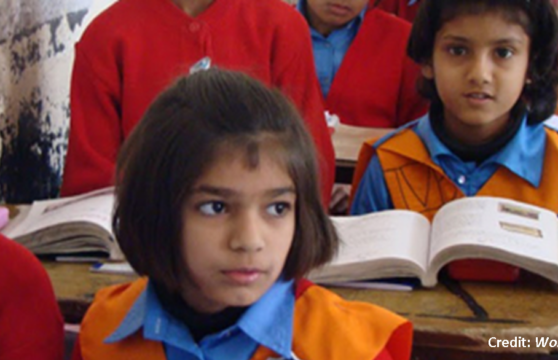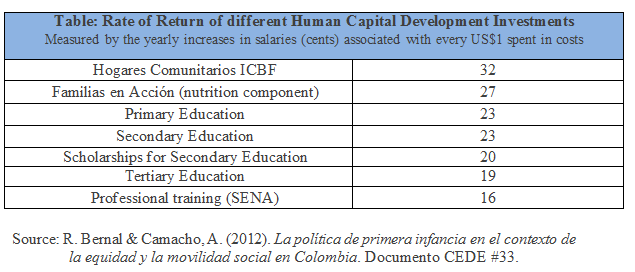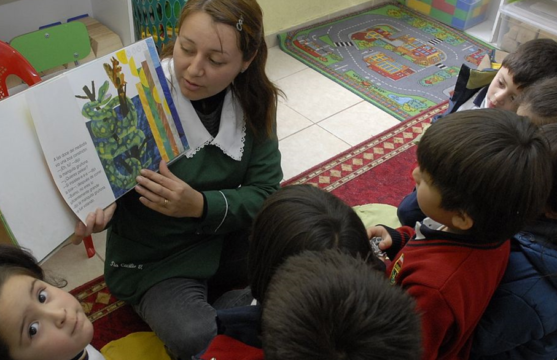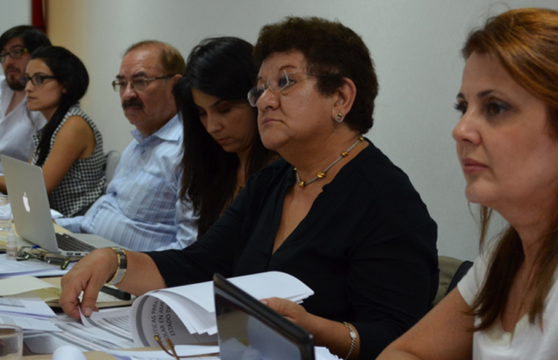
The Good (Education) News from Pakistan
Why Pakistan represents “the biggest education reform challenge” and 12 lessons that are applicable to reform efforts around the globe.
This post is also available in: Spanish
Recently, I attended a presentation John Gillies made to students in the program on Global Human Capital at Georgetown University. During the lecture, he discussed his experience in Pakistan in the 1990s, which included several models of education service delivery for Afghani refugees, including a couple of formal school approaches –one co-ed and one for girls only (Refugee Villages Schools, RVS)—and a non-formal model involving untrained teachers offering classes for girls in their homes (Home-based Girls Schools, HBGS). It reminded me of another experiment with non-formal education provision: the case of the Escuela de Bancos, founded in low-income neighborhoods in Cartagena, which I studied while at the Insituto SER de Investigación in the late 1970s.
In Pakistan, John and his associates found that students at the HBGSs had higher attendance rates and consistently higher achievement scores than those at the RVSs (co-ed or single sex) in math (68%, 59%, and 45%, respectively) and Pashto (77%, 58%, and 53%, respectively). In spite of the RVSs’ model benefiting from more education inputs and resources, including more highly ‘qualified’ teachers, and the expectation from local authorities for these schools to outperform the HBGSs, the results were the opposite. HBGSs had a homey, informal atmosphere (the teacher’s house) that extended to interpersonal interactions between teachers and students. For example, the students often worked in groups, and felt comfortable offering feedback to the teachers. Moreover, there was a close physical proximity between teacher and students, with the instructors often sitting on the floor with the students to work out problems together. Teachers were less prone to lecturing students (the more formal models had students sitting in rows and teachers talking at the front of the classroom). In the HBGSs, teachers were also more relaxed about the time they spent on each lesson, and more willing to give the girls independent work. These schools had fewer breaks and a higher proportion of their time was dedicated to learning activities.[i]
In the case of the Escuela de Bancos in Cartagena, working (mostly single) mothers who needed to go to the informal markets around the city organized a solution for their children’s educational needs. A community mother would care for around ten children of different ages, feed them lunch and teach them how to read. Each child went to the house of the community mother with a banco (stool), hence the name Escuela de Bancos.
Using anecdotal evidence of learning outcomes from students in the Escuelas de Bancos and other students from the same neighborhoods enrolled in the formal school system, we concluded that the former were more academically advanced. Unicef, Save the Children and the Bernard van Leer Foundation did systematic analyses of the Escuelas de Bancos and corroborated our findings.
Several years later in the mid-1980s, and based on the experience from the Escuela de Bancos, the Hogares de Bienestar Infantil (HBI) (now known as Hogares Comunitarios ICBF), a child care home, was adopted as an official model to provide early childhood education services by the Colombian Institute for Family Welfare (ICBF). By the 1990s, 1,089 out of 1,103 municipalities in the country had implemented this program. The model has produced good results based on rigorous impact evaluations conducted in the last several years. Furthermore, in Colombia this program has been identified as the best intervention according to a cost-benefit analysis. It has a higher rate of return than that of other human capital development programs like Familias en Acción (see Table). In addition, the Hogares Comunitarios is much more cost-effective than center-based alternatives (CAIPS, Centros de Atención Integral al Pre-escolar, Pre-school Child Care Centers), and has a stronger, and more lasting, positive influence on students’ academic performance later on in primary education.[ii]

When we saw the Escuela de Bancos and realized that it was producing better results for students than the formal school, we had a similar set of explanations to John’s in Pakistan. Although Escuelas de Bancos did not have a qualified teacher, or even a teacher at all, just an interested mother, they were learning to read using phonics based on a book edited in the 1930s. In fact, I learned to read using it: La Alegría de Leer. In contrast, the formal schools were using a constructivist model that was in vogue at the time. Recent studies, based on the Early Grade Reading movement, show that the former is a better method for developing early literacy skills. The informality of the environment in the community mother’s home, the informal interaction between students and the ‘instructor,’ the prevalence of group work, the many games played during a long day (in contrast to a structured four hour school period in the formal schools), and a longer school year (limited vacations and breaks), also help to explain the better results at the Escuelas de Bancos.
In addition, the Escuela de Bancos was a program demanded, developed and organized by the mothers themselves. They had no money to pay for school uniforms, textbooks or the fees charged by the formal public schools, so they developed their own solution.
These are two of many examples from around the world that illustrate a simple lesson: education planners and decision-makers need to pay more attention to community-generated solutions and non-formal education.
[i] Rugh, A. and Gillies. J. (2000). Baseline Study of Teaching-Learning in Afghan Refugee Schools of Balochistan. Academic for Educational Development, Washington DC.
[ii] Bernal, R. et al. (2009). Evaluación de Impacto del Programa Hogares Comunitarios de Bienestar del ICBF. Documento CEDE #16\
Image credits: UNICEF Ecuador / Flickr /C.C by 2.0.
Why Pakistan represents “the biggest education reform challenge” and 12 lessons that are applicable to reform efforts around the globe.
An Interview with Manuel A. Alvarez Trongé and Alejandro J. Ganimian on the quality of education in Argentina.
Important lessons for all Latin American countries.

